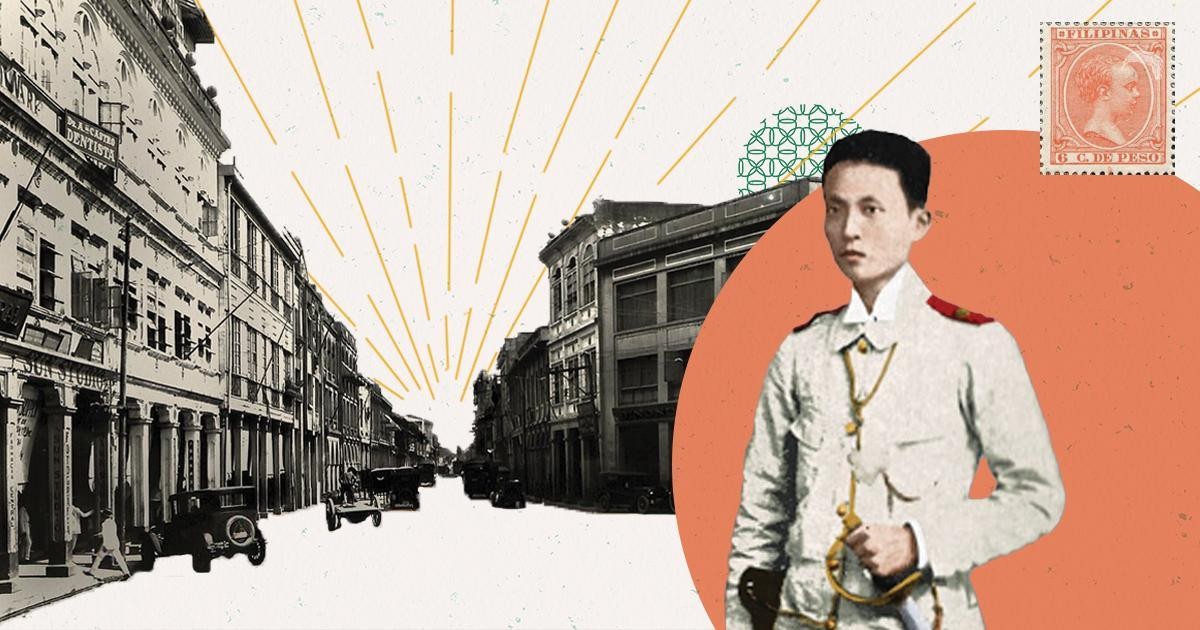How Chinoys fought side by side with Filipinos for Philippine Independence

Growing up in the Philippines, we all learned about how hard-won our freedom from colonizers was. We’ve heard of the brave Katipuneros and Ilustrados who risked their lives to see the Filipinos be free.
But did you know that Chinese or Chinoys fought side by side for our country’s independence?
Chinese mestizos are rarely talked about in the fight for the country’s sovereignty. As we celebrate Philippine independence, we want to reminisce about the time when the Chinese actually assisted the Filipinos in their fight from under the thumb of the Spaniards and Americans.
A Shared Fight
Chinese compatriots fought alongside the Filipino revolutionaries, supplying manpower, money and supplies. General Ignacio Paua was the only pure-blooded Chinese to serve as general in General Emilio Aguinaldo’s army, but there were many others who fought shoulder to shoulder with other freedom fighters. There are an estimated 3,000 Chinoys in the list of people recruited by General Paua to fight. 160 names of Chinese-Filipinos were mentioned by the Philippine Revolutionary Records in the list of Filipino revolutionists implicated and captured by the Spaniards. Even Aguinaldo acknowledged the great number of Chinese allies.
Among them was a Chinese merchant named Francisco “Chino” Osorio – one of the 13 martyrs of Cavite. Both his sons actively participated in the revolution, and it is surmised that it was under his influence. Chino was accused of purchasing 250 weapons and storing them in his home. Other guns and ammunition were also found hidden in Binondo cemeteries, back rooms of Chinese shops. Bolos being made and insurgent uniforms being manufactured were also found.
Funding the Revolution
Through the efforts of Gen. Paua, there were great financial contributions from rich Chinese merchants and mestizos who lived not only in Binondo, but also in Nueva Caceres (now known as Naga City), Albay. Gen. Paua himself solicited around Php200,000 for the Southern Luzon revolutionary officers. A list of monthly contributors to the funds for the revolution revealed a list the included a few unmistakably Chinese last names: Tan-Cao, Tao-Chien, Loa Tico, Tan Dianco, Loa-Siengco, Yu-Dongco, Lao-Chichon.
The Philippine Revolutionary Records also discovered that there were Chinese making material contributions from everywhere in the country. Provinces like Angeles, Malolos, Tayug in Pangasinan, Catmon in Cebu, Ilocos, Vigan, San Fernando in Pampanga, Samar, Iloilo, Masbate, Iba in Zambales, Tarlac, Apalit in Pampanga, La Union, Calumpit in Bulacan were recorded as having significant donations from Chinese residents. Rice, oil, salt, and other food were among the supplies that were solicited, but ammunition, gun powder, pens, and medicines were given as well.
War Logistics
The Chinoys helped transport these supplies, assisted in cutting dried leather and baking galletas per the instruction of Gen. Antonio Luna. They even supplied falsified stamps and Seals of the Spanish government to enable them to travel.
Chinoys played a large part in the achievement of Philippine independence, and we should never forget that, whether you have Chinese blood running in your veins or not. Lately, resentment for government policies and decisions and disputes on the West Philippine Sea have been misdirected at Chinoys. But there’s a difference here, between people that just so happen to have Chinese heritage and people that have an allegiance to China. Chinoys are Pinoys first and will continue to stand beside our Filipino kababayans to maintain our independence from external forces.
